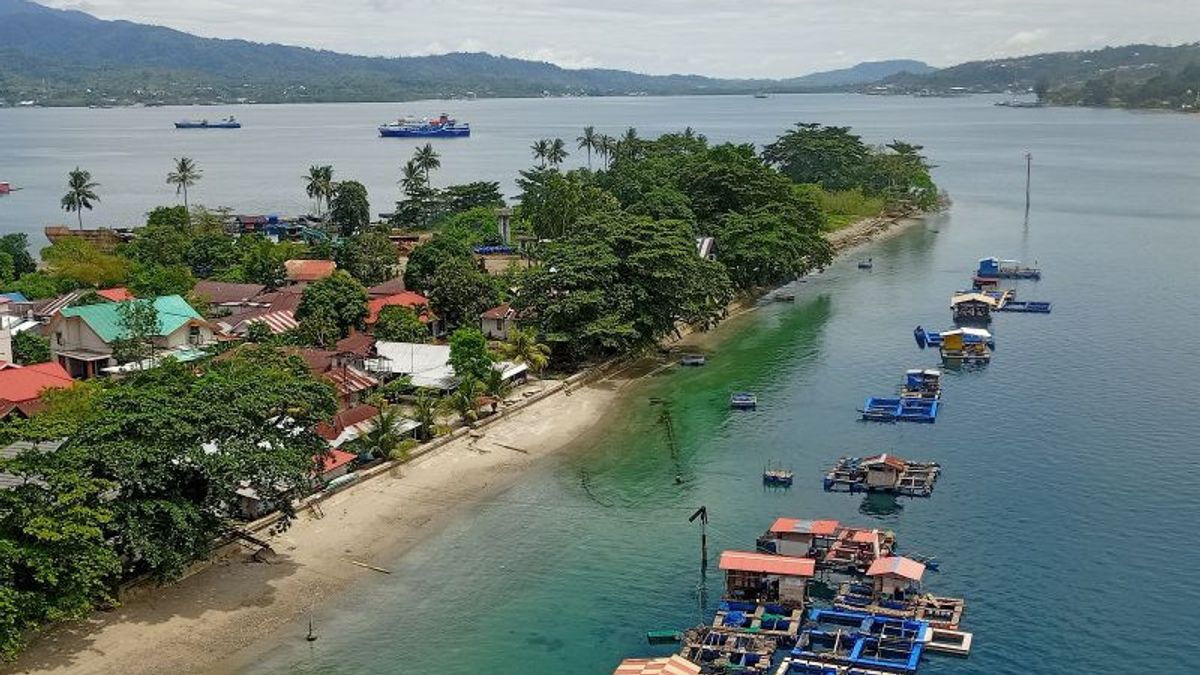AMBON - The National Research and Innovation Agency (BRIN) noted that there are 33 hectares of mangroves in the Ambon region. In the last two decades, it has decreased by up to 10 hectares.
"We see now that many cafes and settlements have been built in mangrove areas, this is one of the factors for reducing mangrove forests in the last 23 years," said BRIN Associate Expert Enricher in the Ambon area, Daniel Pelasula in Ambon, Antara, Monday, February 6.
Mangrove forests or also known as mangrove forests are forests that grow in brackish water, and are influenced by tides of sea water. This forest grows especially in places where organic congestion and accumulation of organic materials occur.
Both in bays that are protected from the onslaught of the waves, as well as around the mouth of the river where the water slows down and deposits the mud it carries from upstream.
Based on the latest data from BRIN, it was known that 23 years ago, the mangrove area in the Ambon Bay area was 43 hectares.
According to Daniel, the construction of settlement cafes or the like in areas close to the mangrove area must take into account the ecological side around them.
"At least, if it is constructive, there must be replanting of mangrove plants around it," he said.
Furthermore, based on the results of calculations from the Landsat MSS satellite imagery data conducted by BRIN in 1999 and not published, it shows that about 21 percent of the mangrove forest in Ambon Bay has disappeared since 1986.
For this reason, in this case, he said, the Ambon City Government must provide land or there is a need for an expansion of the area so as not to interfere with the mangrove ecosystem in Ambon Bay itself.
The reason is that the benefits of mangrove forests for life are that they can absorb all types of harmful metals and make the water quality cleaner.
In addition, mangroves also help nature in obtaining better and cleaner air quality. Mangrove areas can also be developed into one tourist attraction.
Not only that, but the benefits of mangroves can also protect against the risk of storm damage because mangrove crop shrubs can support the ups and downs of mud.
The mangrove bushes are also a buffer element that can protect the soil from wind and wave damage.
The types of mangroves that dominate in Ambon Bay are Rhisofora Apiculata, Soneratia alba, Avicenia Marina, Excoeca agalloca, Nypa fruticans and Hibiscus tiliaceaus, spread evenly across the coastal areas of Tawiri, Poka, Waiheru (South Ambon District) villages and Passo, Halong and Lateri ( Baguala District).
The English, Chinese, Japanese, Arabic, and French versions are automatically generated by the AI. So there may still be inaccuracies in translating, please always see Indonesian as our main language. (system supported by DigitalSiber.id)









